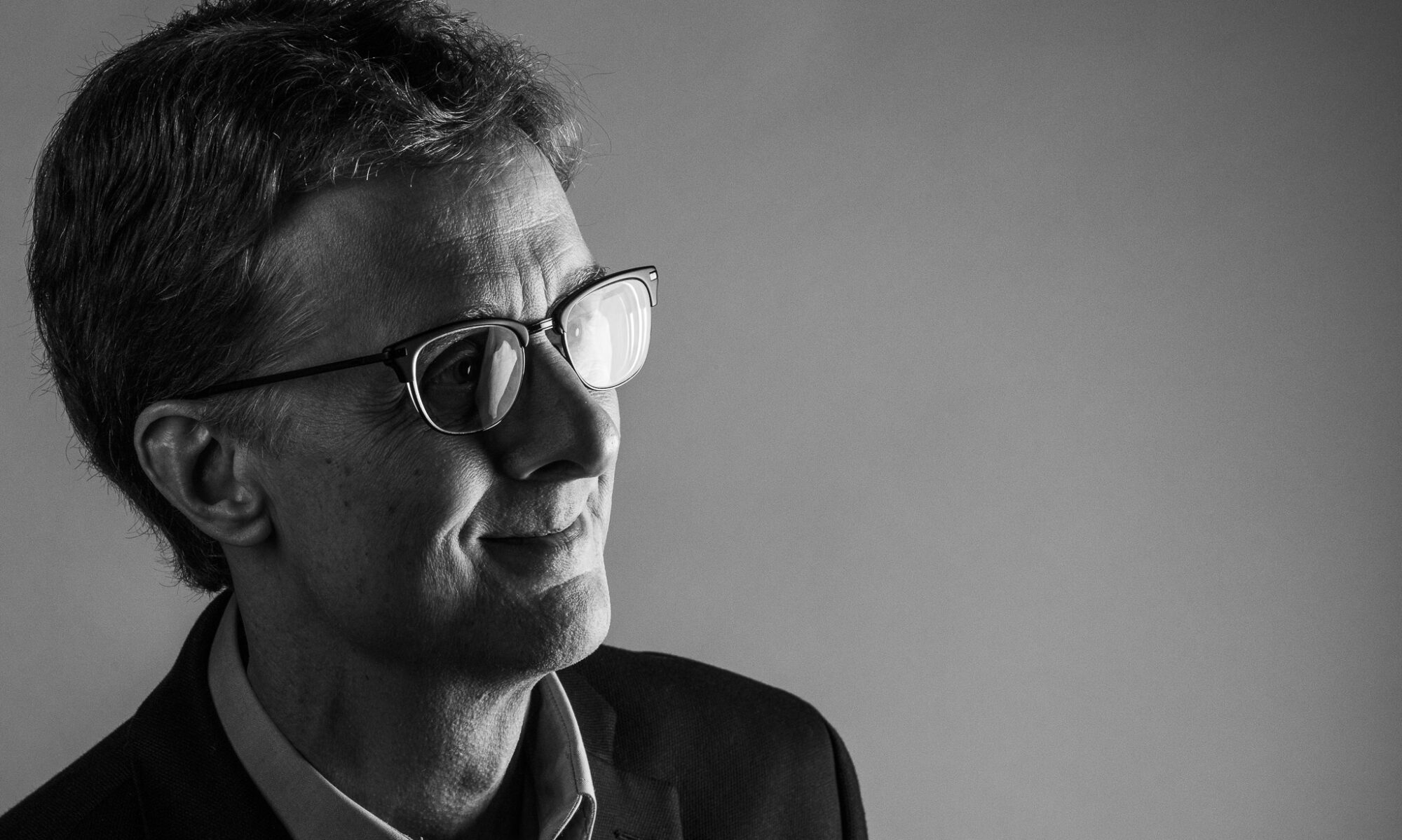Since we moved to Houston in 1998, the only local sports highlights were when the Astros played in the National League Championship Series twice and made it to the World Series once. Rockets? One playoff series win in 13 seasons. Texans? Still mired in mediocrity after nine years. Meanwhile, in the past eight months, my hometown – DFW – has seen the Rangers play in the World Series and crowned the Mavericks as NBA Champions. That’s great for my family and friends there… and I’m enjoying it from afar.
Listening to and reading commentary of media experts this morning about what happened to the South Beach dream team – for instance, Colin Cowherd on ESPN Radio said, “I honestly thought Miami was better last night with LeBron James on the bench” – it’s clear Dirk Nowitzki and the deepest roster in the league outplayed the Heat’s three highly paid All Stars.
Dwyane Wade, Chris Bosh and LeBron joined together last summer with the goal to win multiple championships. Number one will have to wait another year. As Michael Rosenberg wrote on SI.com: “The self-proclaimed King wanted it to be easy. His company’s logo should be a cart in front of a horse.” LeBron disappeared in the fourth quarter of every game. He’ll have the next four months to develop his post play and figure out how to do more when the basketball is in someone else’s hands
The Heat proved it’s hard to buy your way to success. Its travails serve as a lesson to business leaders that you need everyone on your team working together to become a champion. It took Dirk 13 years to lift that trophy. Time will tell whether the Big Three ever stand on the podium with smiles on their faces… or if this great experiment turns out to be the Big Mistake.
Note: Tomorrow at 1 p.m. EDT, I’ll appear on Insights Live, an Internet radio show, to share how to get everyone on your team pulling in the same direction. Here’s a link if you’d like to join us: http://bit.ly/keUIj4

